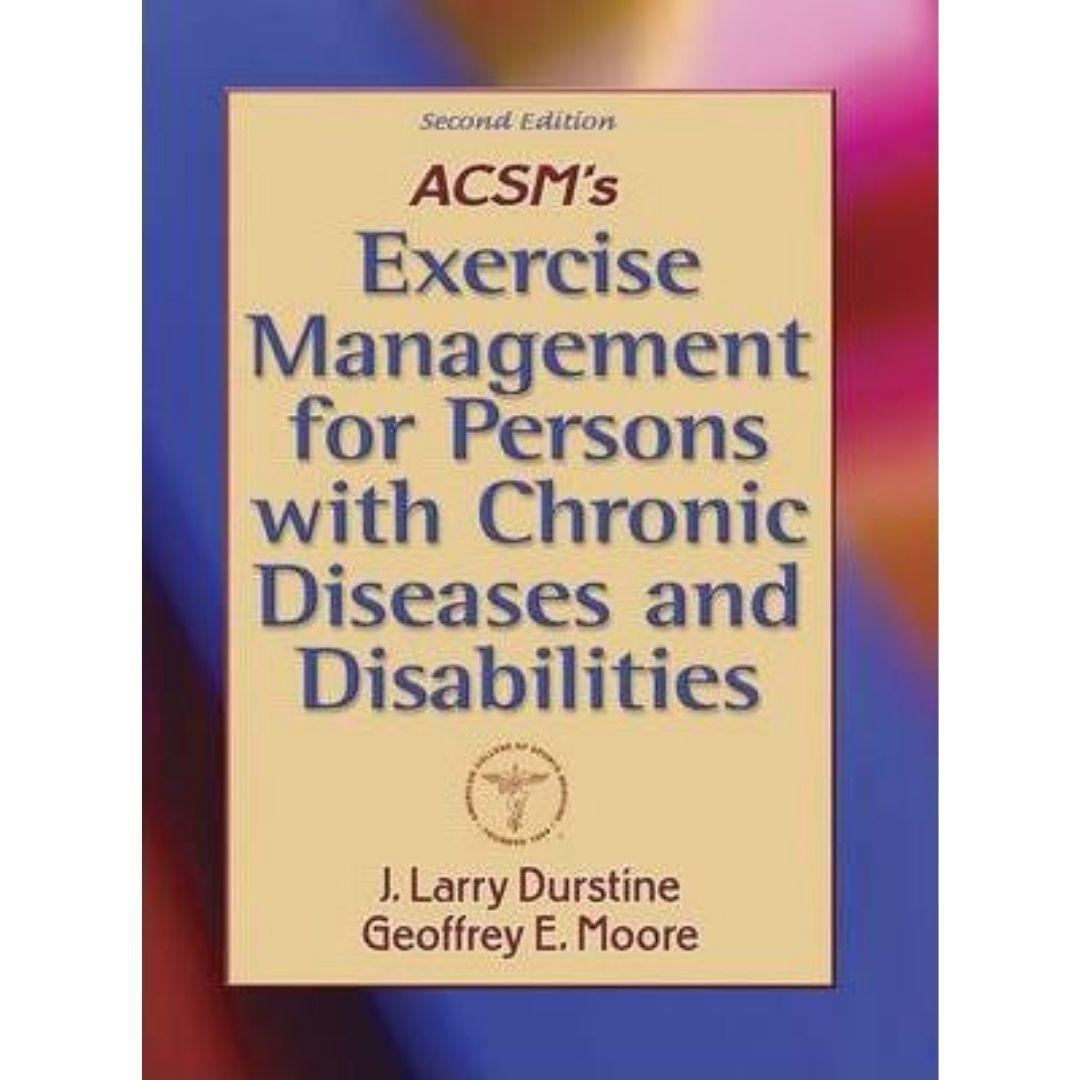Kuvaus
ACSM’s Exercise Management for Persons with Chronic Diseases and Disabilities
2002
Get an updated and quick reference for the successful exercise management of 46 chronic diseases and disabilities. The second edition of the landmark text published in 1997 includes eight new conditions and features updated information, current research, and the latest scientific developments to help you: prescribe exercise programming and testing for clients, especially those coping with multiple conditions; keep informed of the latest developments related to chronic diseases and disabilities; apply exercise programming in your day-to-day practice; parlay specific symptoms of a disease or disability into an effective exercise testing or programming prescription; and stay current on the latest drugs used to treat chronic diseases and disabilities. More comprehensive than ever, the revised content of ”ACSM’s Exercise Management for Persons With Chronic Diseases and Disabilities, Second Edition”, emphasizes practical application rather than scientific theory. You’ll find valuable, new coverage of fibromyalgia, lower-limb amputation, liver failure, and pulmonary diseases, including chronic obstructive and chronic restrictive pulmonary disease, asthma, and lung and heart-lung transplantation. Each chapter is written by an expert in his or her field and contains a real-life case report featuring real people’s symptoms, medical histories, lab results and exercise test scores, and actual exercise programming and follow-up information. The reference includes guidance on multiple chronic diseases and additional information about exercise programming, including considerations regarding physical activity for youth. Practitioners will appreciate the expanded list of medications – it includes more classes of commonly used drugs, an expanded table listing the effects of cardiovascular and respiratory drugs on the exercise response and exercise capacity, and a new table listing the effects of noncardiovascular and nonrespiratory drugs. In addition, the book presents a new listing of Web site resources grouped by the disease or disability featured on the site. If you have a strong working knowledge of exercise science, there is no better source of simple clinical recommendations for establishing a successful exercise management program for persons with chronic diseases and disabilities.




